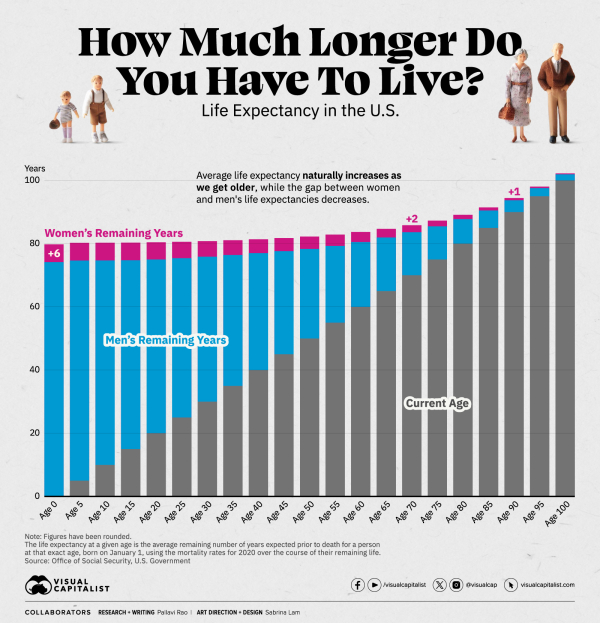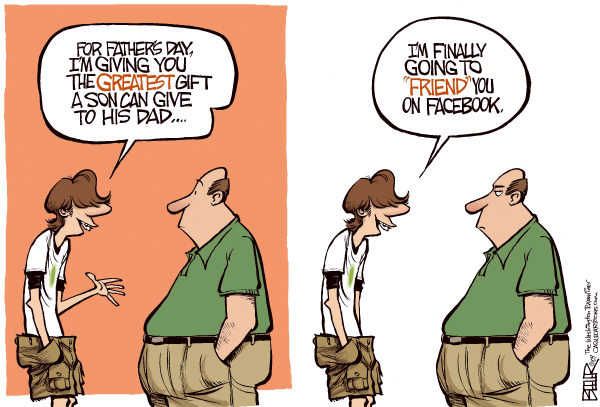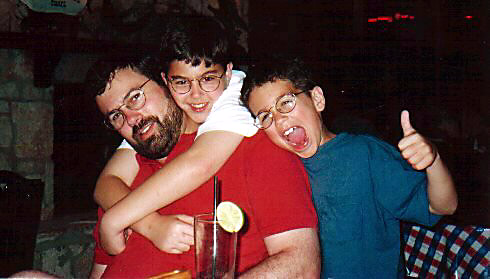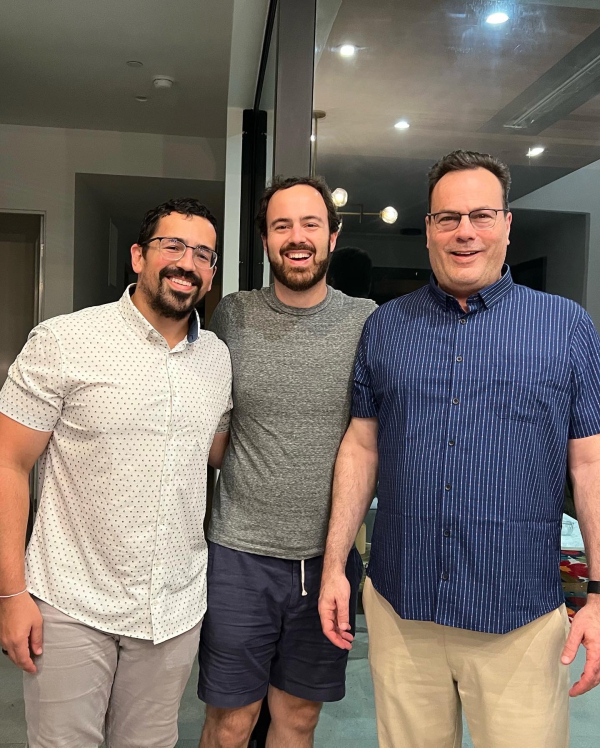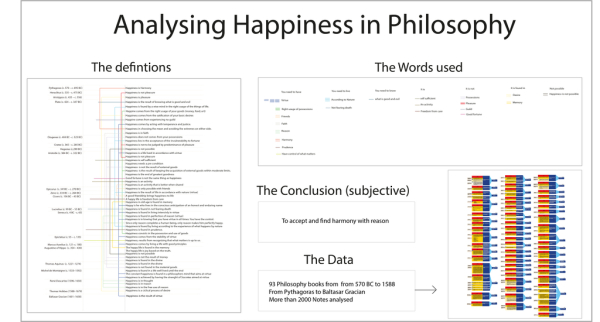As most of you know, my son Zach and I co-write this newsletter.
Recently, while talking about articles, Zach opened up about what’s been going on in his life and how it’s affected him. I thought his story would make a great post, so I asked him to share his thoughts. Looking back, it’s easy to relate to where he’s at … Interesting how that happens.
Here it is:
If you asked me to describe myself, rugby would be one of the first words out of my mouth. Honestly, if you asked me about almost anything, I’d probably find a way to sneak in a rugby reference. More than my time in the gym, my love of books, or my penchant for word games, rugby has always been the anchor of my identity.
But life has layers. I’m now a 32-year-old husband, three ACL tears deep, working in the family business, and serving as President of the Dallas Harlequins — my rugby club. And while I still lace up, I know my time on the field is running short. Priorities change, bodies break down, and after 17 years of rugby, mine has plenty of miles on it.

I actually thought I was done at 28. My body wouldn’t bounce back anymore. I’d wake up after practices or games barely able to walk. I had one more big tournament, where I was going to represent the USA, so I decided to fight through the pain, train for the following six months, and let that be my swan song.
Then I bought a Normatec, started drinking a protein shake after practice, and (shocker) started stretching more. Suddenly, I was young again.
Sure, kids learn to stretch in elementary school, but the Getsons have always been slow learners.
Since then, I’ve only gotten better. I’m running harder, tackling more, and understanding the game at a deeper level. My speed isn’t what it was at 21, and I’m definitely not the indestructible college kid I once thought I was. But I’m playing well, and not only are my coaches and teammates noticing, but even my competition is noticing. This past season, I was team MVP, “man of the tournament” at a 7s event, and earned another shot to represent the USA. My coach (who’s been with me since 2019) called it my best season yet.
Still, the signs are there. Recovery is slower, random injuries creep in (yes, even from sleeping wrong), and I know I’m gambling with my body. I’ve been here before: in 2015, fresh out of college, I tore my ACL for the third time while representing the USA in Chile. I “retired,” and it nearly broke me. I had to rebuild my sense of self without rugby, and by the time I returned in 2019, I thought I’d made peace with the idea of walking away.
But now that the day is actually approaching, it stings again. I lost rugby once — and it feels strange to know I’ll lose it again, this time for good. I’ll still be President, I’ll still have my team, and rugby will always be part of me. But I can feel the shift coming, and I know soon enough, these won’t be moments I’m living, but memories I carry.
Are you ever truly ready?
I have to remind myself that life is a gift, aging is a gift, and so is change. Rugby may be slipping away, but there are plenty of other mountains to climb. I might not compete in the same way, but that doesn’t mean I’ll stop being a competitor.
At the core, rugby wasn’t just about the sport — it was about pushing myself, playing through pain, and trying to outdo the person next to me. I’d love to say my only competition is with myself, but let’s be honest, I’m not that mature.
The truth is, I can still channel that drive anywhere: in the gym, at work, in writing, in my marriage, and in the everyday choices that make up my life. I can still choose to be better every day.
Hopefully that’s enough!
Watching Zach reflect on rugby reminds me that the lessons we learn in one arena often carry over to every part of life. The field may change, but the drive, discipline, and the will to turn possibility into reality remain — and those are the qualities that matter most. May your best thoughts become things.
Onwards!


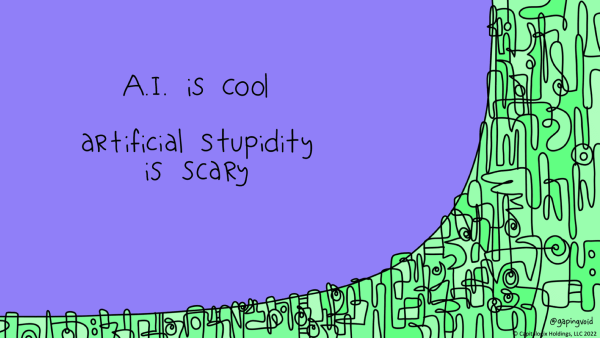
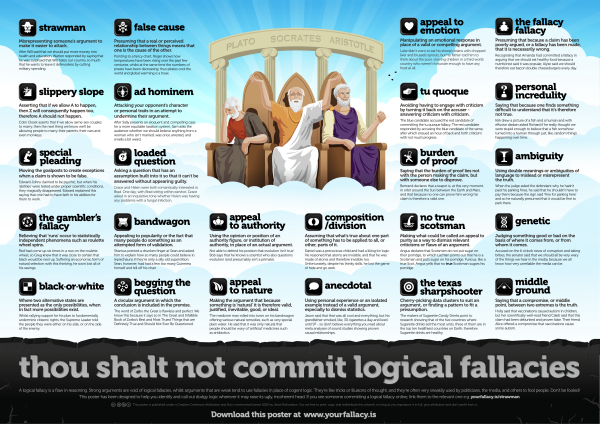 via
via 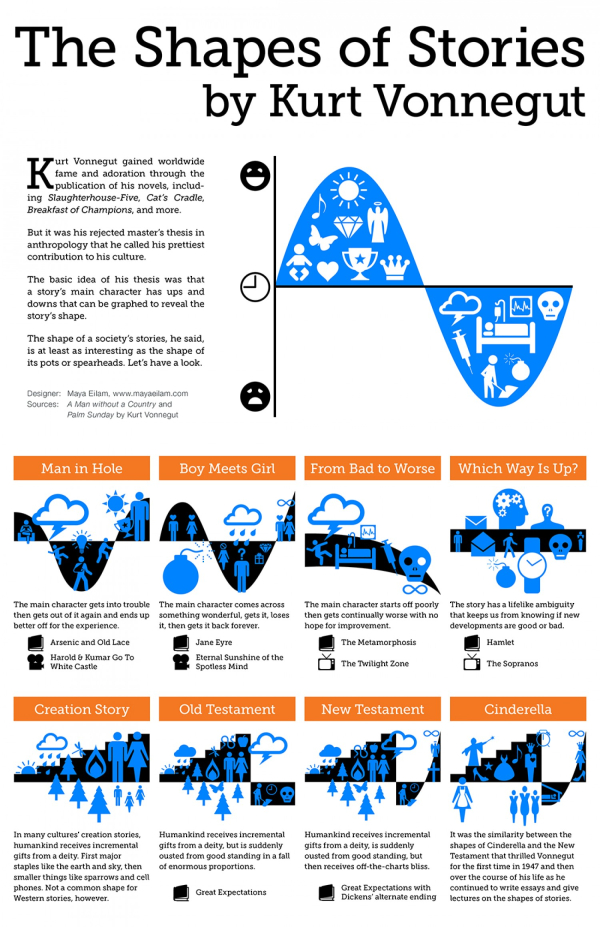
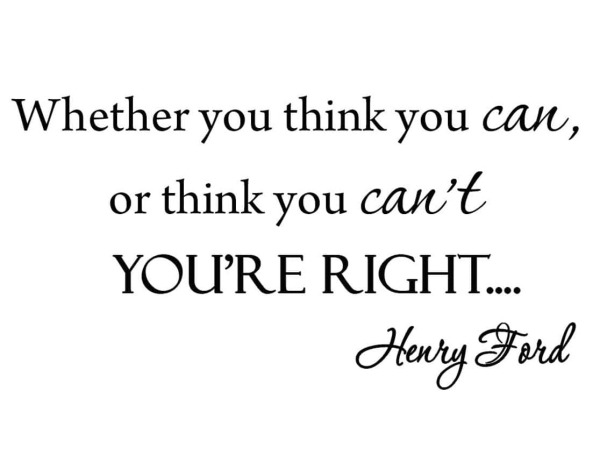

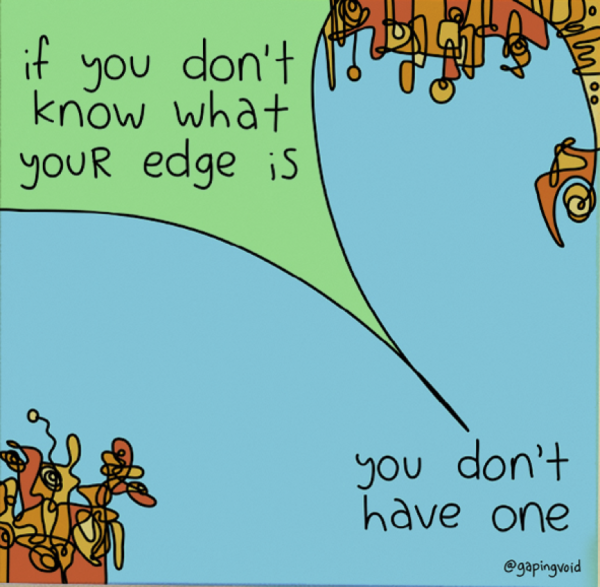
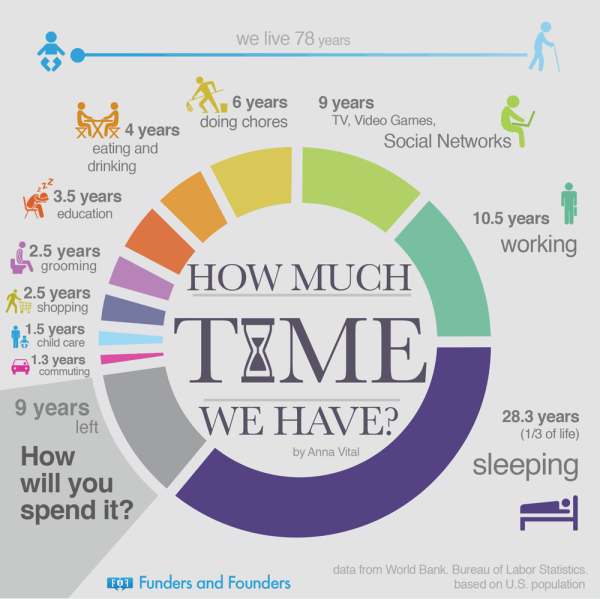 via
via 